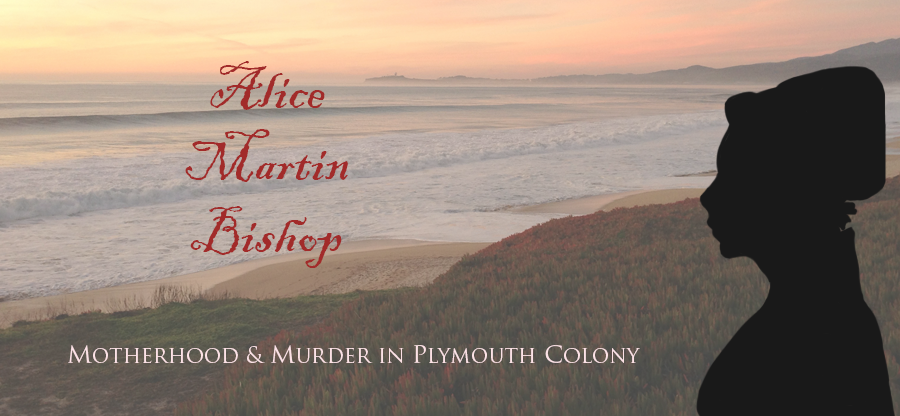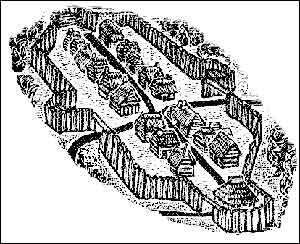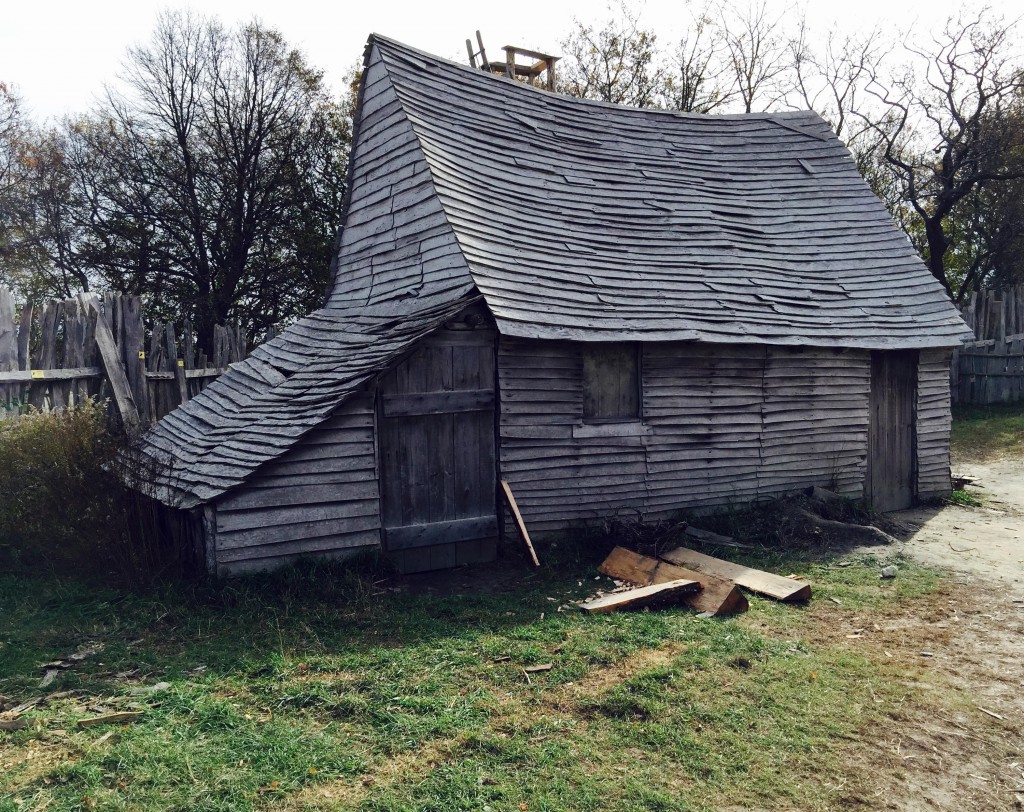Erin Taylor and Kristin Luce, December 2015
We think of the Pilgrims as resilient adventurers upheld by unwavering religious faith, but they were also human beings in the midst of what was, and continues to be, one of the most difficult emotional challenges a person can face: immigration and exile.
(Philbrick, 76)
Depression, although not named as such, was a recognizable symptom in colonial America, described by terms such as “dropsy,” “lethargy,” and “languishing.” Most, if not all, first-generation Plymouth Colony residents no doubt suffered some feelings of despair and trauma simply by coming to New England. Transatlantic voyages were arduous — physically, mentally, and emotionally — with family members and friends dying on board, and others left behind, likely never to be seen again. As William Bradford recalled of the Mayflower,
Being thus passed the vast ocean, and a sea of troubles…they had now no friends to welcome them, nor inns to entertain or refresh their weather beaten bodies, no houses or much less towns to repair to, to seek for succor.
In fact, Bradford’s first wife Dorothy fell off the Mayflower (when it was moored in Plymouth Harbor) and drowned, and many speculate that it was not an accident but a suicide, Dorothy’s grief at leaving their three-year-old son behind in Holland unbearable.





